From Court to Clipboard: South Carolina Star Turns Setback into Comeback as Head Coach
Former National Champion Overcomes Injuries to Lead the Next Generation in Major Career Move
In the world of sports, resilience often defines the legacy of great athletes. For one South Carolina basketball standout, that resilience has paved the way for a powerful new chapter—from national champion on the hardwood to the newest head coach on the sidelines.
Once a dynamic force at the University of South Carolina, she was a central figure in the Gamecocks’ historic national championship run. Her leadership, competitive drive, and on-court brilliance made her a fan favorite and a respected figure in collegiate athletics. But just as her professional playing career was beginning to blossom, a series of injuries cut it short far too soon.
For many, such a setback might signal the end of a journey. But for her, it was the beginning of something new.
Today, that same champion spirit has earned her the title of head coach, a position that marks not only a new era in her personal career, but one that promises to inspire and shape future generations of players. The announcement of her appointment has sent ripples of excitement throughout the basketball community, with fans, players, and colleagues alike applauding her determination and transition into leadership.
“This opportunity is more than just a job,” she said in a press statement. “It’s a continuation of my purpose—to uplift, mentor, and build champions both on and off the court.”
Known during her college years for her clutch performances, vocal presence, and strong basketball IQ, she was often regarded as a coach in the making. Her ability to rally teammates, dissect opposing defenses, and lead with authenticity foreshadowed what many believed would be an inevitable path to coaching. Now, that belief has become a reality.
Her story is one of turning pain into power. After surgeries and long recoveries, she made the difficult decision to step away from the player’s spotlight. But rather than disappearing from the game she loves, she leaned in—joining staff positions, studying the game from a new angle, and eventually stepping into assistant coaching roles that prepared her for this moment.
Her hiring also comes at a pivotal time for women in sports. Representation and visibility in coaching roles remain a work in progress, and her rise offers not only a personal victory but also a broader statement: that former players, particularly women of color, are ready and capable of leading programs with vision and excellence.
The athletes she’ll now coach will not just learn about pick-and-rolls and defensive schemes; they’ll learn resilience, humility, and the power of reinvention. She brings to the role an understanding of what it means to win, to lose, to overcome, and to lead with grace.
As she trades in her jersey for a clipboard, her mission remains the same: to win—this time, not just with points on the board, but with the lives she touches and the legacy she builds.
Her journey from court to clipboard is more than just a career pivot; it’s a comeback story that reminds us all that champions aren’t defined by how long they play—but by how they lead when the game changes.
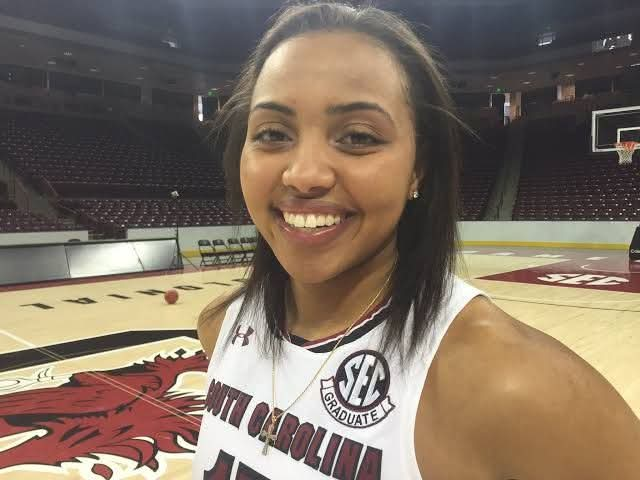



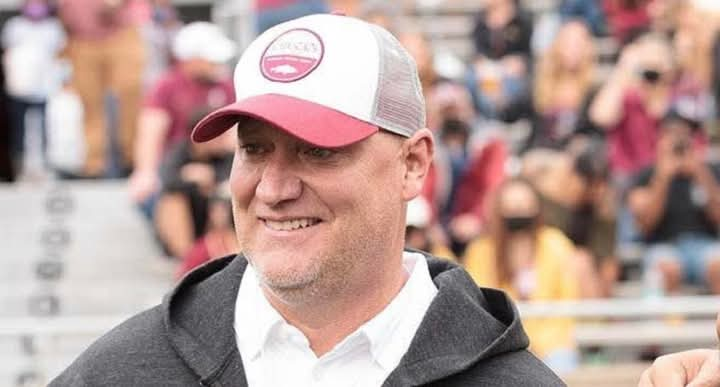
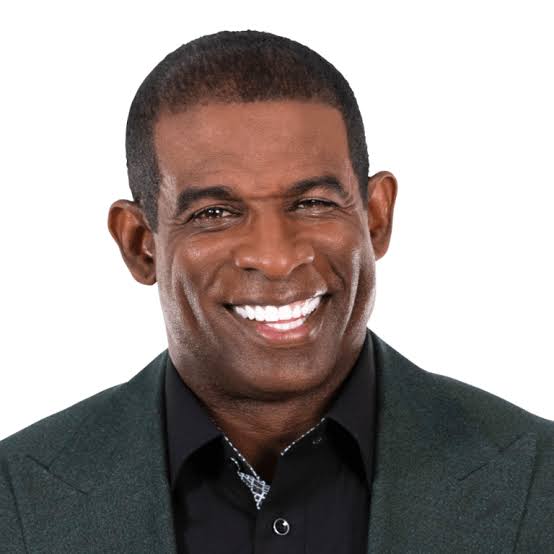

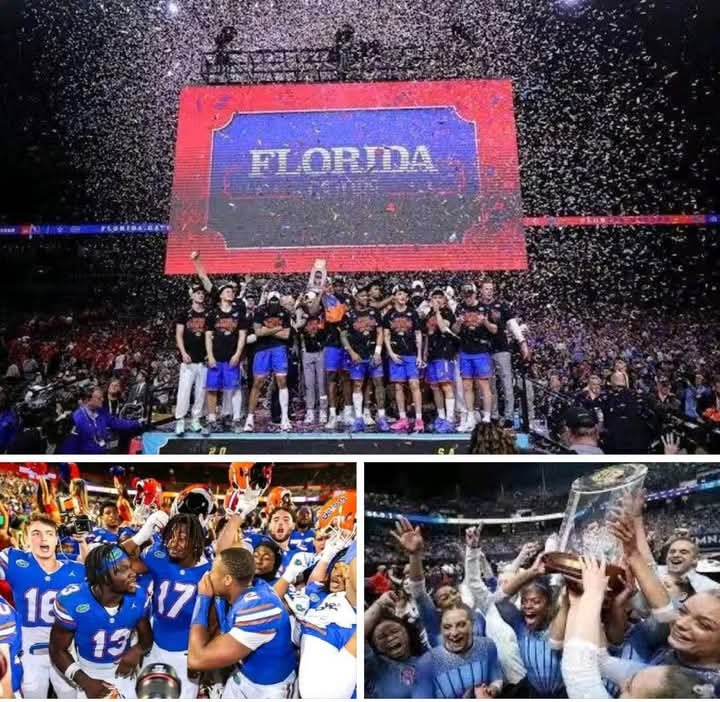


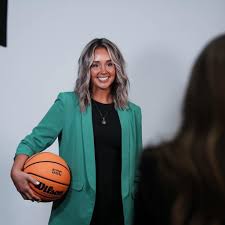
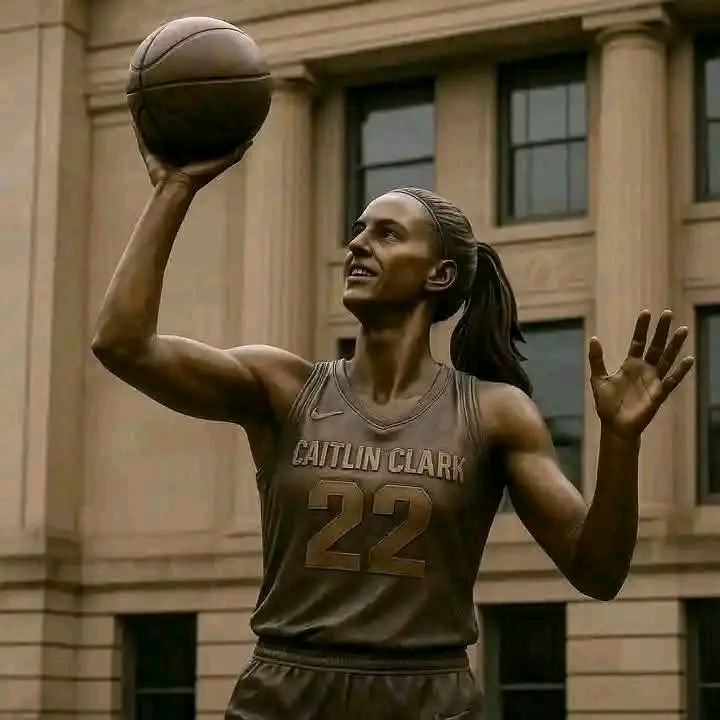
Leave a Reply